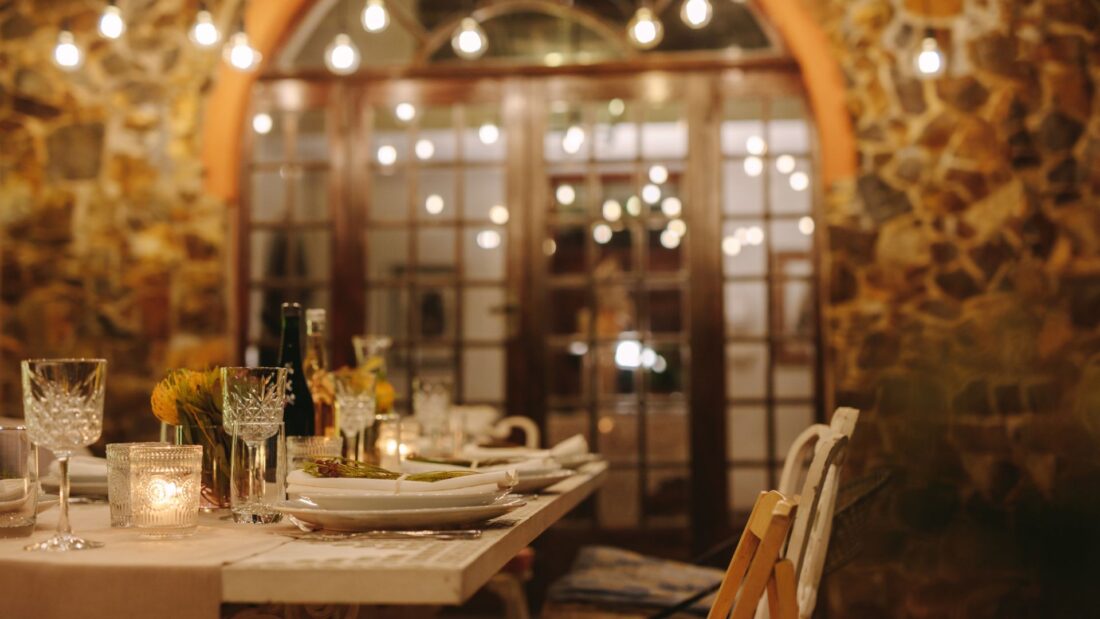Interior Design for More Happiness: Cultivating Social Connections through Space
In a world where we chase material wealth and fame, a groundbreaking study by Harvard professor and psychiatrist Robert Waldinger illuminates the age-old truth: Happiness and health are intimately intertwined with our relationships. This 75-year-long study on adult development reveals three critical lessons: good relationships are crucial to our well-being, the quality of relationships matter more than their quantity, and these bonds require effort and vulnerability. As our homes are often the places where these relationships develop and strengthen themselves, I propose five design principles to cultivate spaces that nurture and promote social connections, thereby enhancing your happiness and well-being.
Open Plan Living Spaces
Waldinger’s study underscores the value of close, supportive relationships. Open plan living spaces reinforce this by promoting seamless communication and interaction. By removing physical barriers between the kitchen, dining, and living room, family members and guests can engage more naturally, strengthening their emotional connections. These spaces encourage deeper, quality relationships, an essential component of happiness according to Waldinger’s findings.
Communal Areas
Designing communal areas, such as a large dining table or a cozy corner with comfortable seating, offers the perfect stage for trust-building and conflict resolution. These spaces invite conversation and shared experiences, allowing for vulnerability and trust to grow. With a welcoming fireplace or a bookshelf filled with conversation-starting books, these areas become the heart of your home, facilitating the nurturing of valuable, intimate relationships.
Interactive Kitchen
An interactive and inviting kitchen stands as a testament to the study’s emphasis on effort in relationships. A kitchen island with bar stools, for example, encourages participation in meal preparation, a shared activity that demands collaboration and time investment, essential aspects of relationship building.
Flexible Furniture Layout
Just as quality relationships aren’t static, interior design should also be adaptable. Modular furniture that can be easily rearranged empowers you to tailor your space to different activities and social dynamics, thereby promoting the diversity and adaptability needed in strong relationships. This flexibility fosters more social interactions, aligning with the study’s focus on nurturing and investing in relationships.
Outdoor Connection
Lastly, creating inviting outdoor spaces for gatherings forms another vital bridge between nature, people, and happiness. Whether it’s a backyard, balcony, or rooftop, these spaces furnished with comfortable seating and interactive elements such as a fire pit or games, offer opportunities for shared experiences and bonding. An outdoor area doesn’t just connect us to nature; it strengthens our bonds with each other, leading to increased happiness.
In conclusion, interior design serves as a powerful tool to enhance our happiness by fostering social connections. By incorporating these principles into our homes, we can create spaces that nurture our relationships, aligning with Waldinger’s profound findings.





